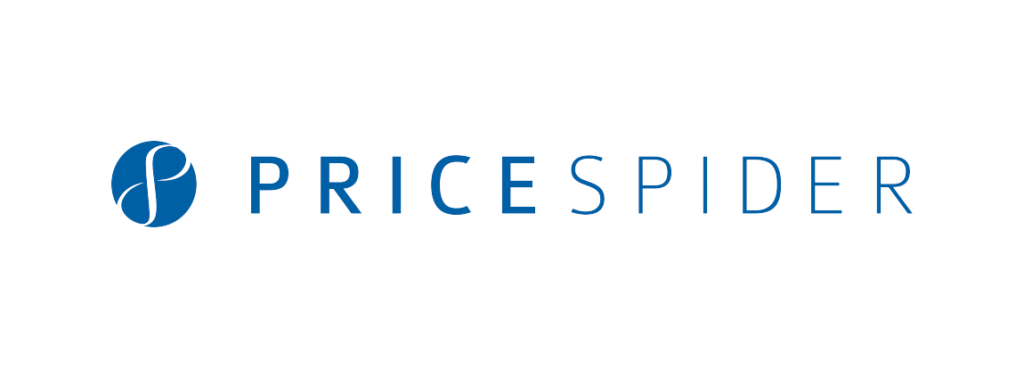After years spent on product development, marketing outreach and brand cultivation, the last thing a manufacturer wants to hear is that retailers are literally selling that hard work short. But unfortunately, flagrant violations of manufacturers’ price policies occur every day.
Brand manufacturers that don’t adequately protect their price policies run the risk of undercutting compliant resellers. This could drive traffic away from reputable retailers, who may then get the impression that your brand is not profitable. Long term, the impact is the gradual undoing of a precisely cultivated brand image.
To prevent this from happening, we recommend taking the following steps:
1. Create original minimum-advertised price policies
“Set your brand up for the type of success that you envision for it.”
More often than not, price violations stem from retailers attempting to undercut the value of your brand to increase sales. While this might help sell more units, it can damage brand equity, which is the long-term value associated with a brand. For instance, Rolex might invoke qualifiers like “high-end,” “prestigious” and “expensive.” Those characteristics are part of the brand’s identity, and lower-advertised prices disrupt that perception.
Legally speaking, a brand manufacturer cannot prevent a retailer from selling a product at a certain price, according to the American Bar Association. However, manufacturers are within their rights to create price policies that restrict the advertised cost of a certain good. These minimum-advertised prices (MAP) can go a long way toward maintaining a brand’s perception in the market, but only when they’re tailor-made rather than based off of a template, ideally with the assistance of legal counsel. When creating these policies, make sure that you’re aware of your market competition and, if possible, avoid scaling back prices to improve market penetration. Set your brand up for the type of success you envision for it.
2. Use technology to enforce that MAP strategy
As many manufacturers have already learned, implementing a MAP policy and enforcing it are very different animals. According to research from Kellogg Insight, 15 percent of authorized resellers are regularly in violation of MAP policies. Meanwhile, unauthorized sellers are in violation of that policy 56 percent percent of the time. In other words, even the most airtight MAP policy won’t safeguard you against noncompliant retailers, some of which may be authorized members of your seller network.
Authorized or not, brands need a way to monitor seller compliance with MAP policies across the web. Doing this manually isn’t easy considering how large modern seller networks can get, and for that matter, the many nooks and crannies of the internet in which unauthorized sellers dwell. The most cost-effective way to scour the web for MAP violations is to automate that process with a solution like MAP Guard from PriceSpider. You can’t always count on resellers to do the right thing, but you can certainly catch MAP infractions as soon as they occur to prevent them from spreading, and protect the integrity of your brand’s image.
3. Leverage the law
Last but not least, it’s important to avoid working with repeat-offending retailers and, whenever possible, to take legal action against unauthorized resellers.
According to Law360 contributor Keith L. Slenkovich, the best courses of legal action to take include the following:
- The First Sale Doctrine: Unauthorized sellers that offer manufacturers’ products in such a way that they are materially different are in violation of The First Sale Doctrine. “Materially different” doesn’t just mean physical discrepancies. They can also refer to service terms and warrantees.
- Copyright Infringement: Unauthorized sellers who publish or disseminate brand collateral with the intent of promoting the product are in violation of copyright laws. Many unauthorized sellers, for instance, will steal data sheets or product images to make themselves appear authentic.
- Unfair Competition: If the unauthorized seller makes false or misleading claims about a product, the brand may have the right to make a claim on the grounds of unfair competition.
A brand’s identity is arguably the most valuable thing that a manufacturer brings to the table. Make sure that you hold those who would harm your brand accountable for their actions.
To learn more, contact PriceSpider today.

